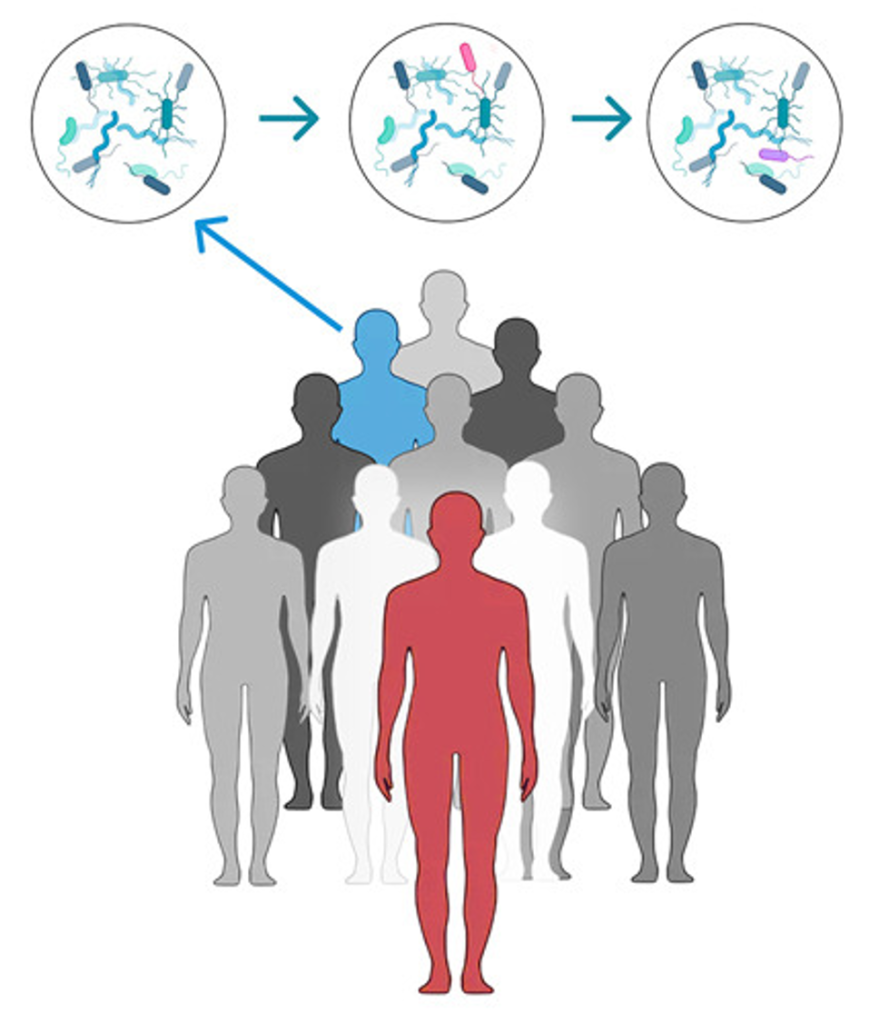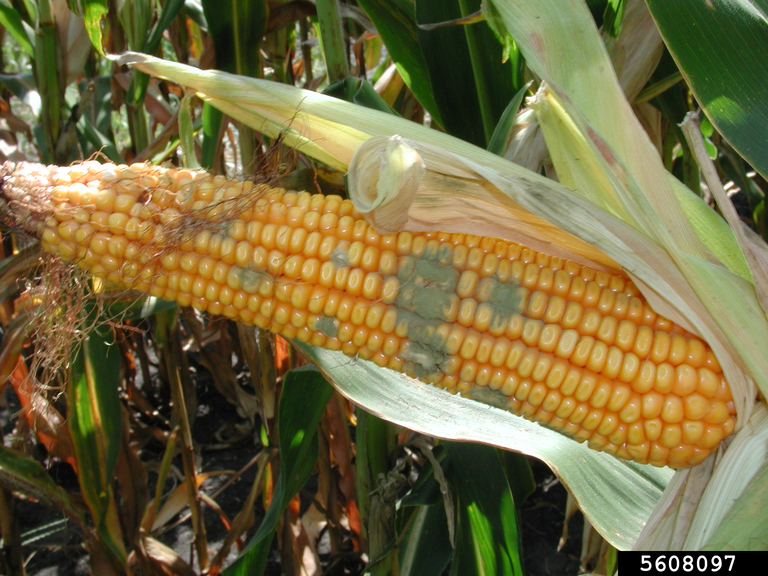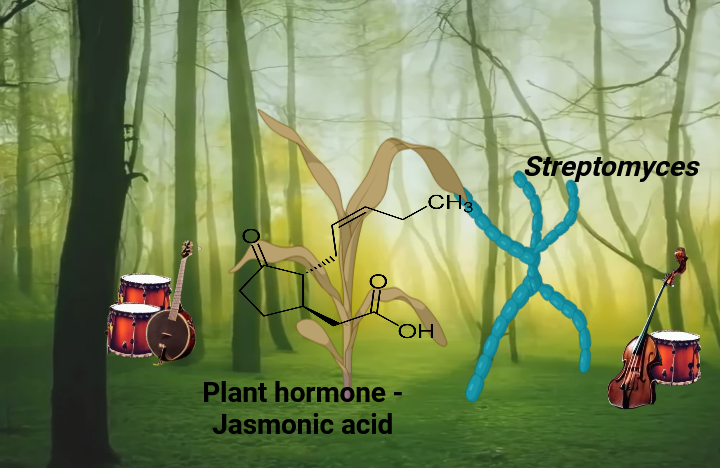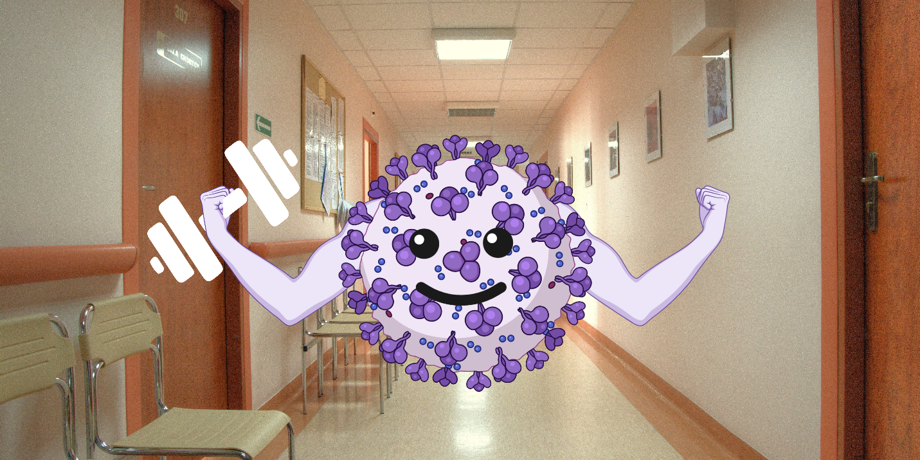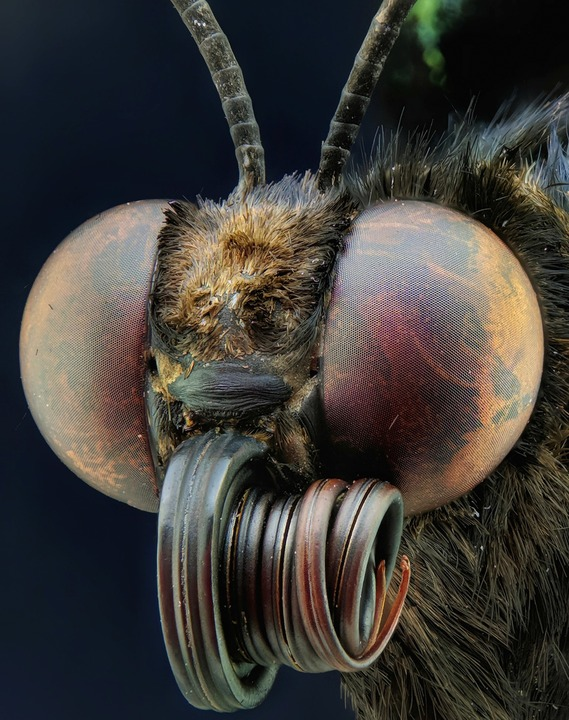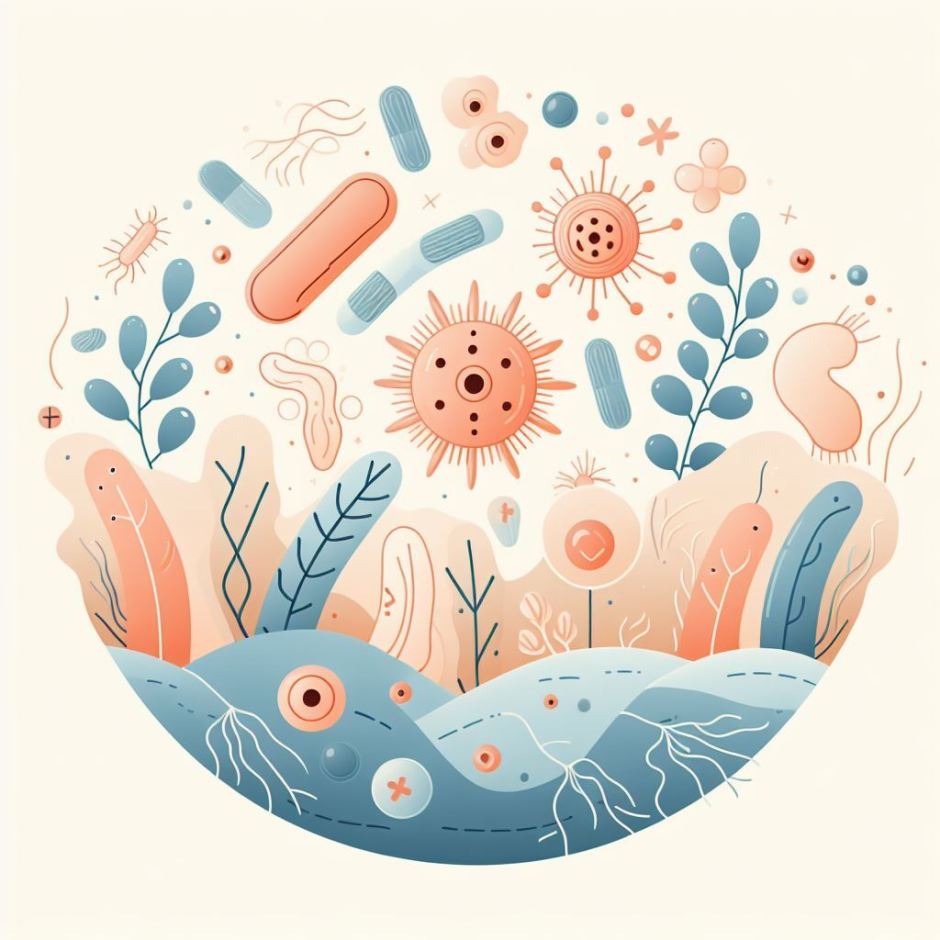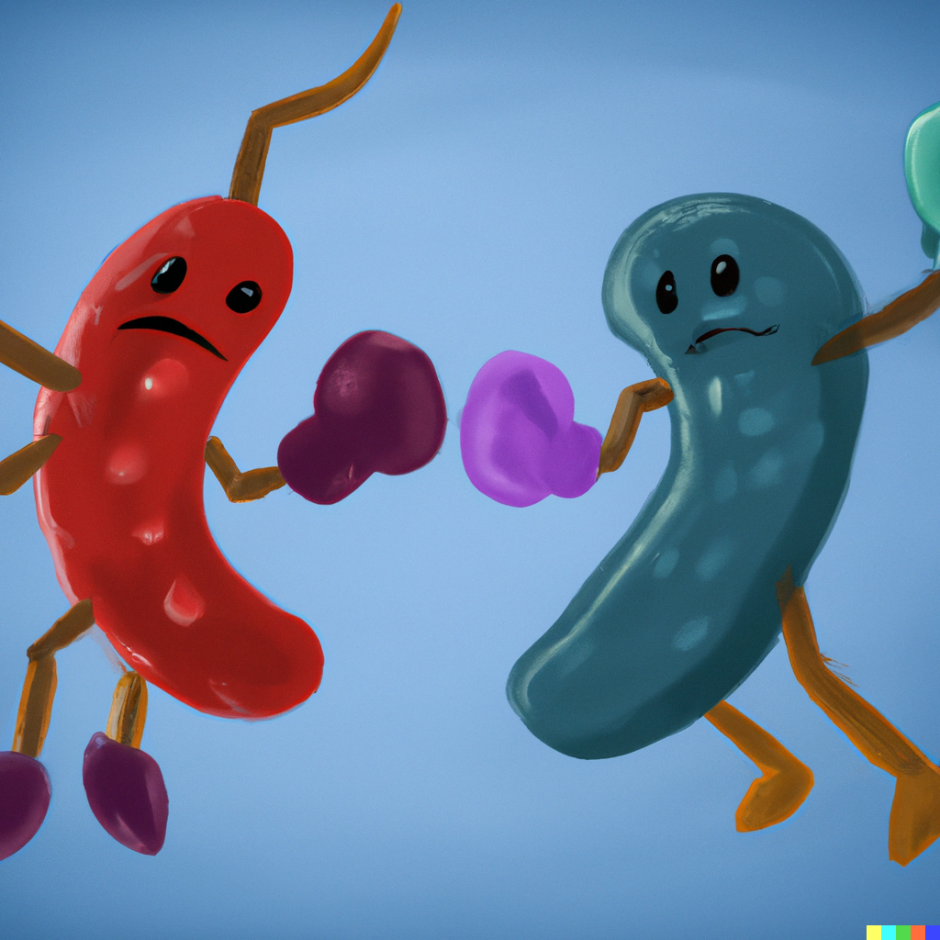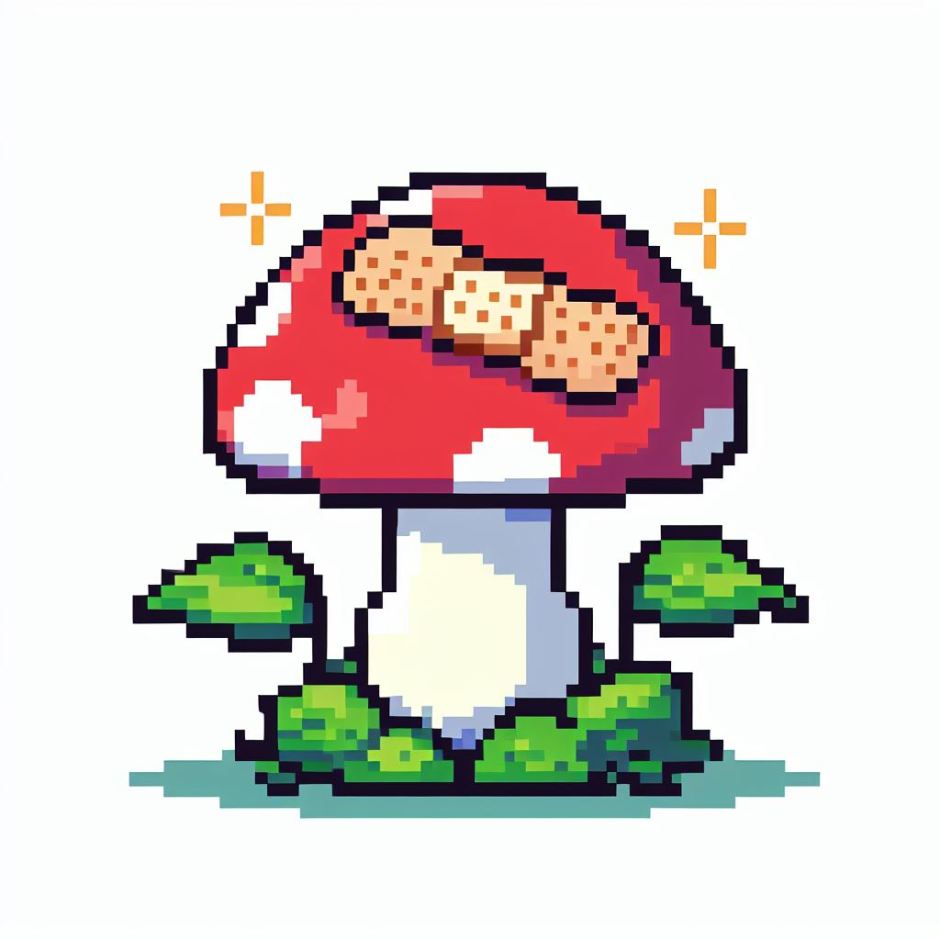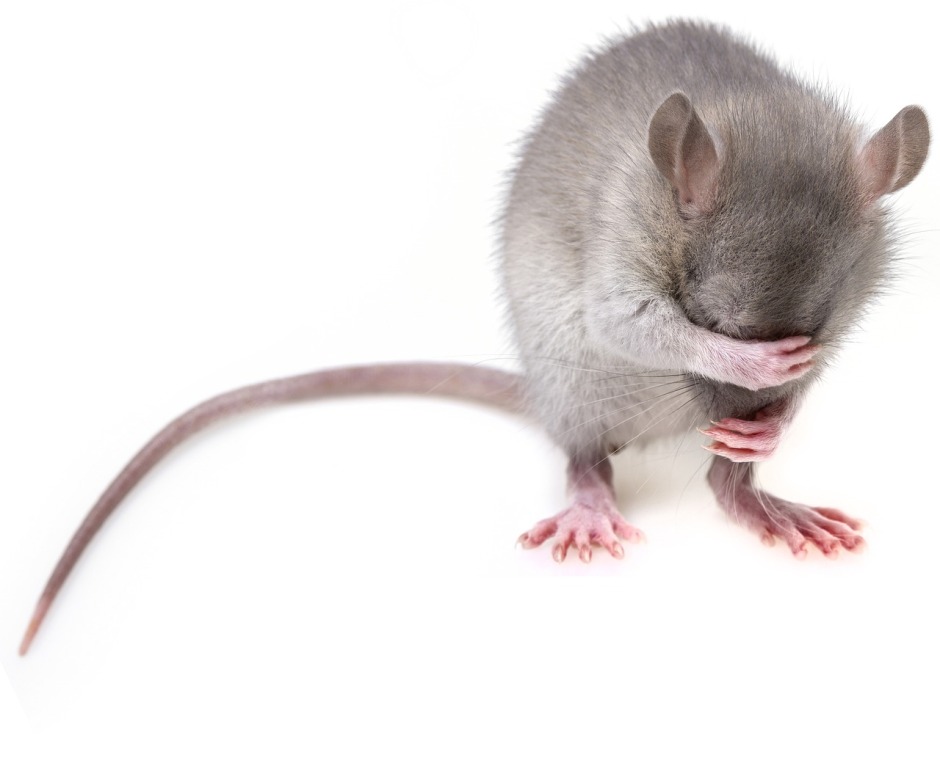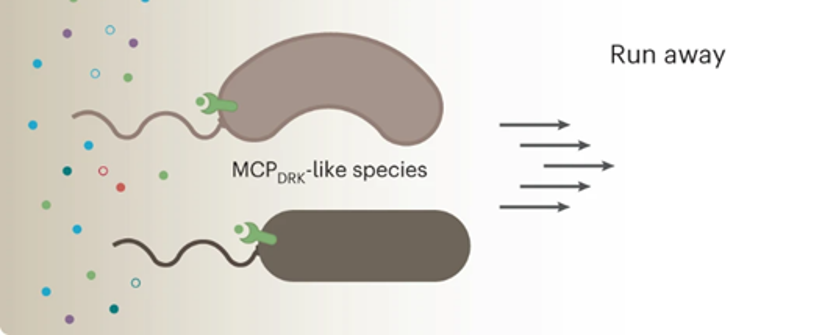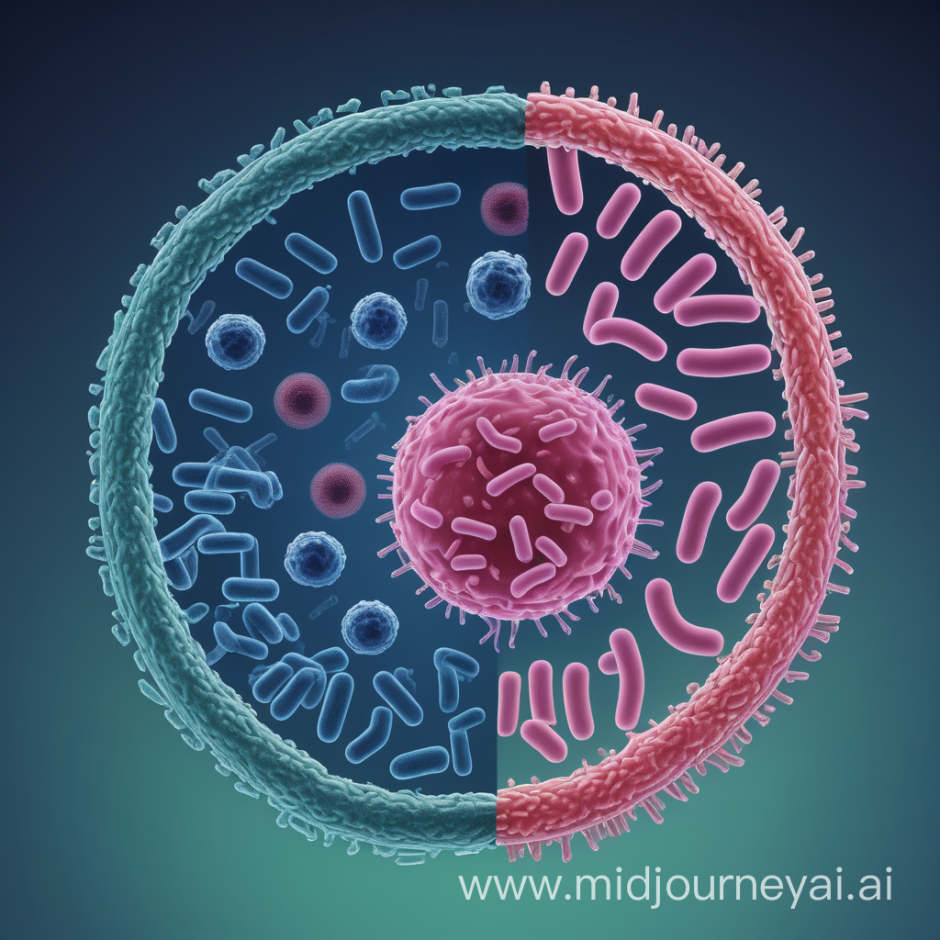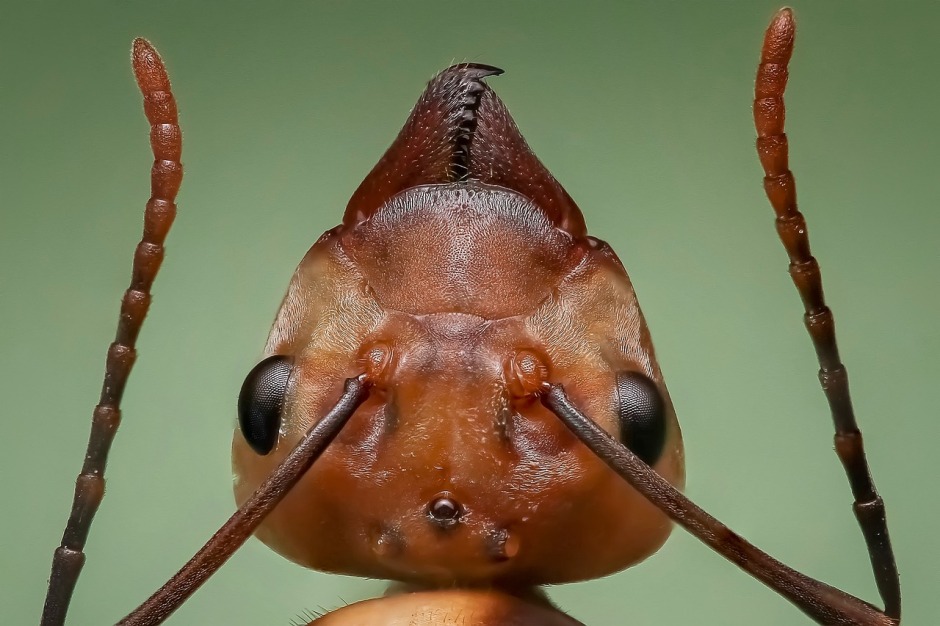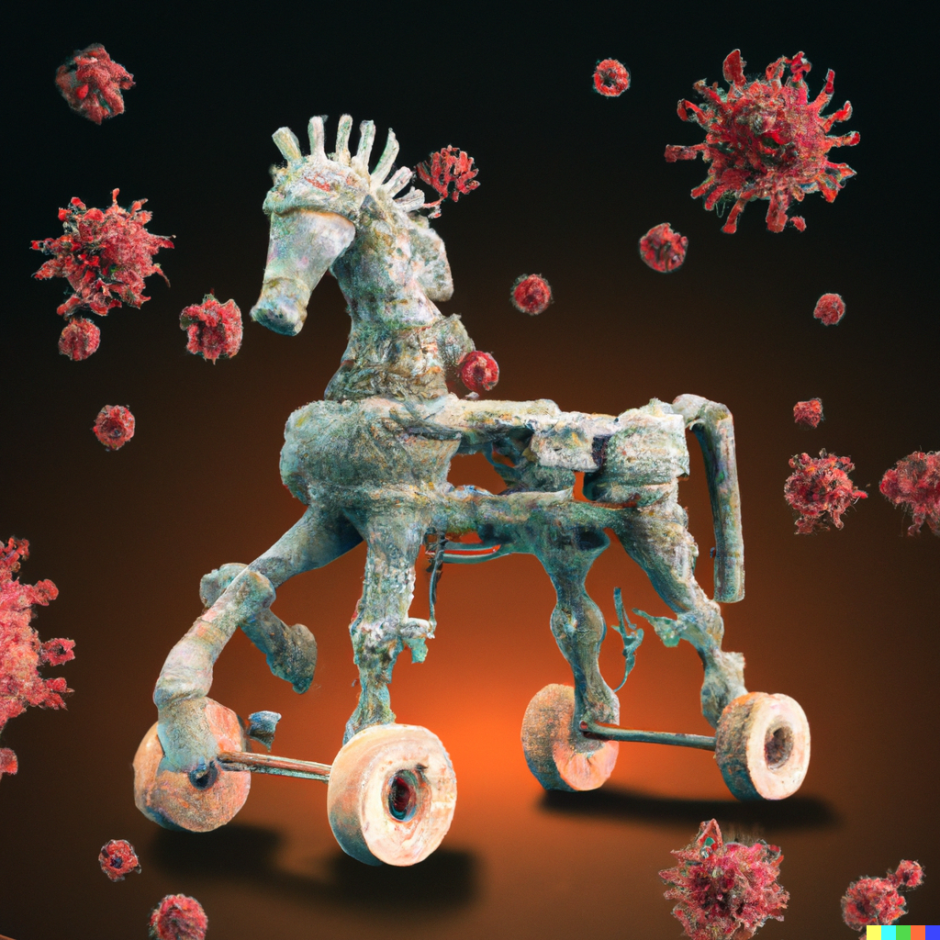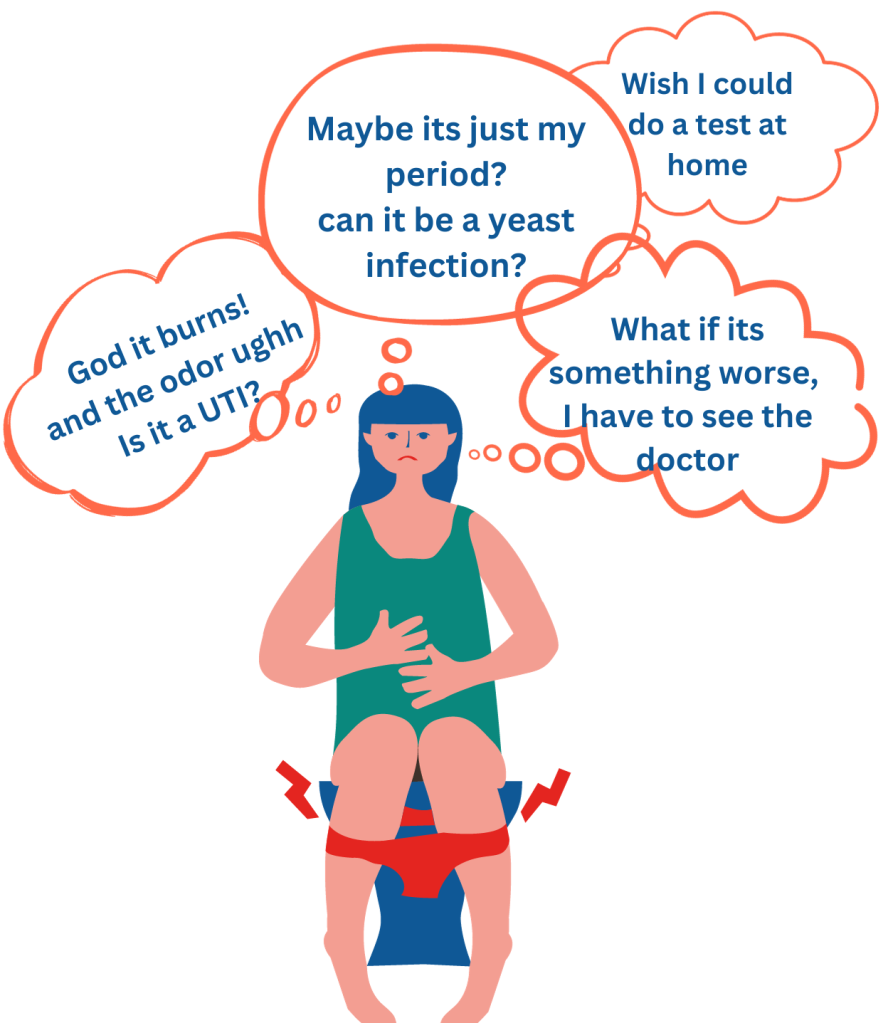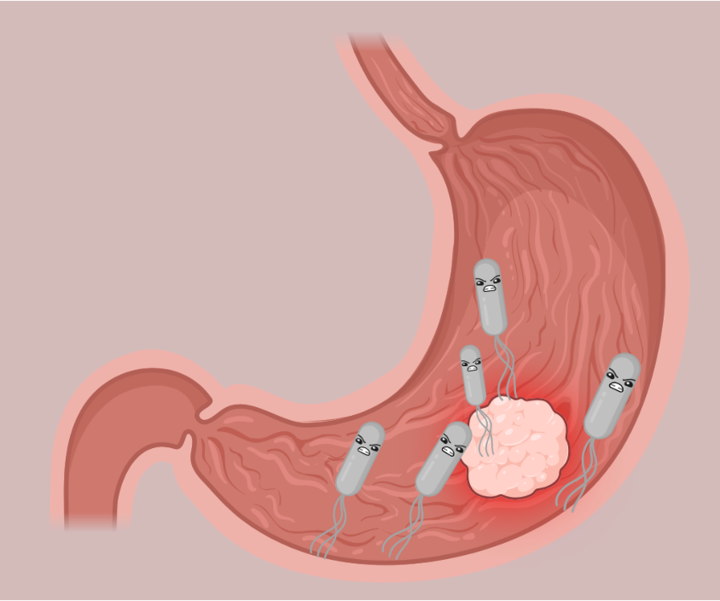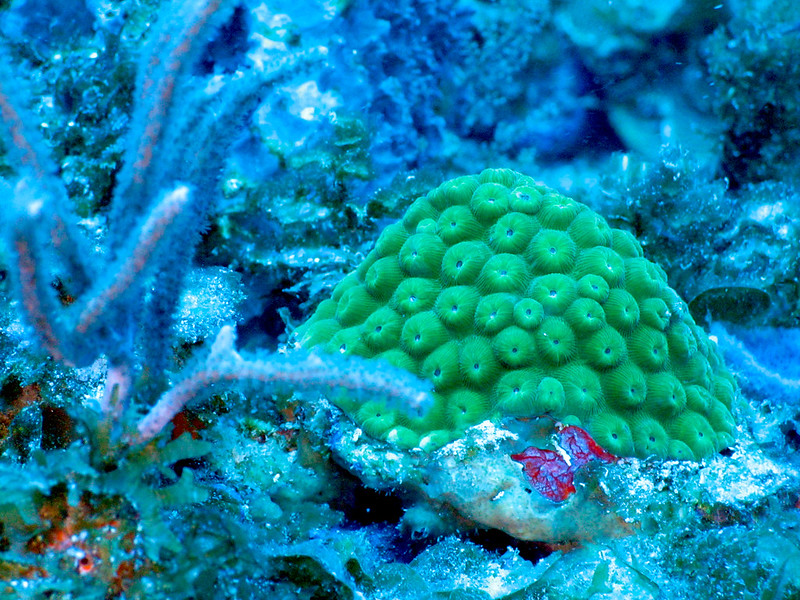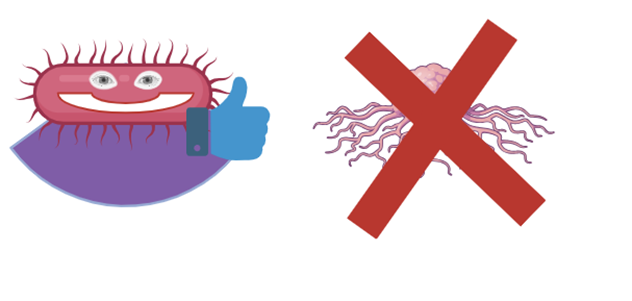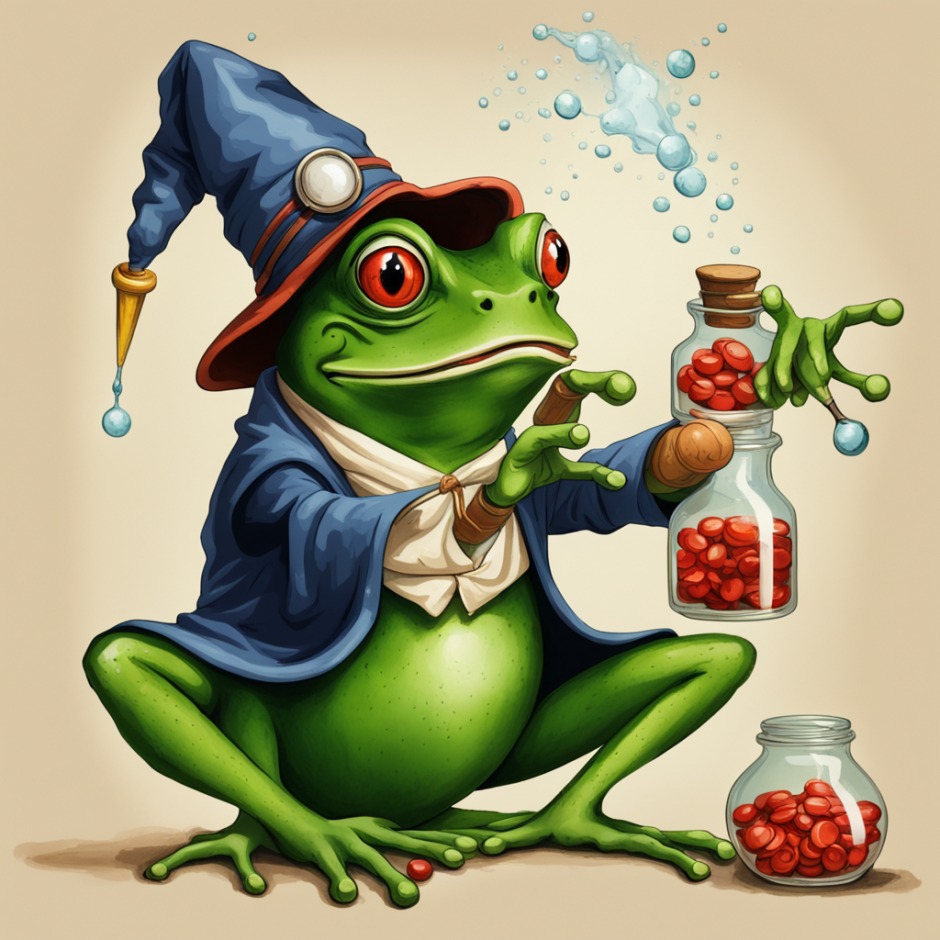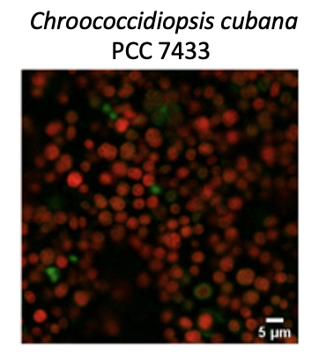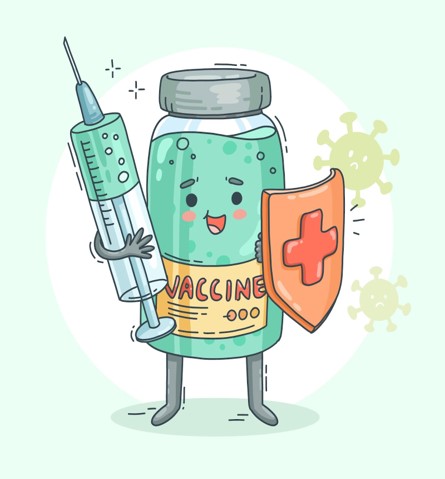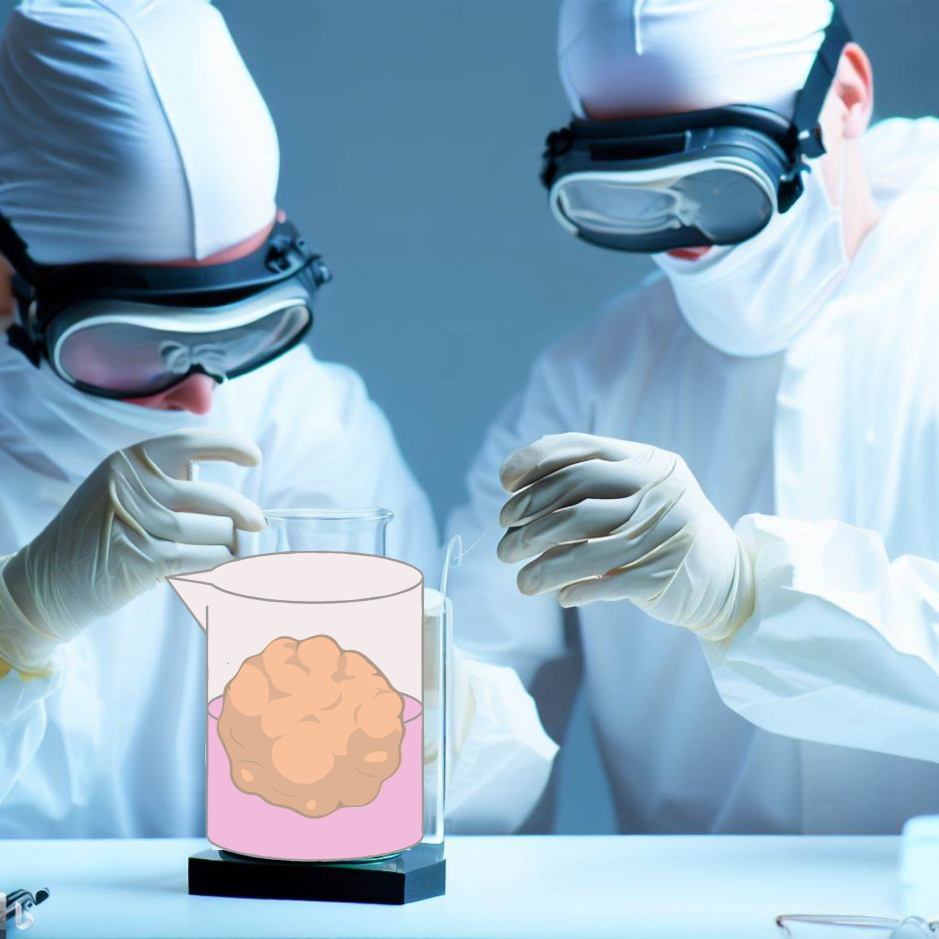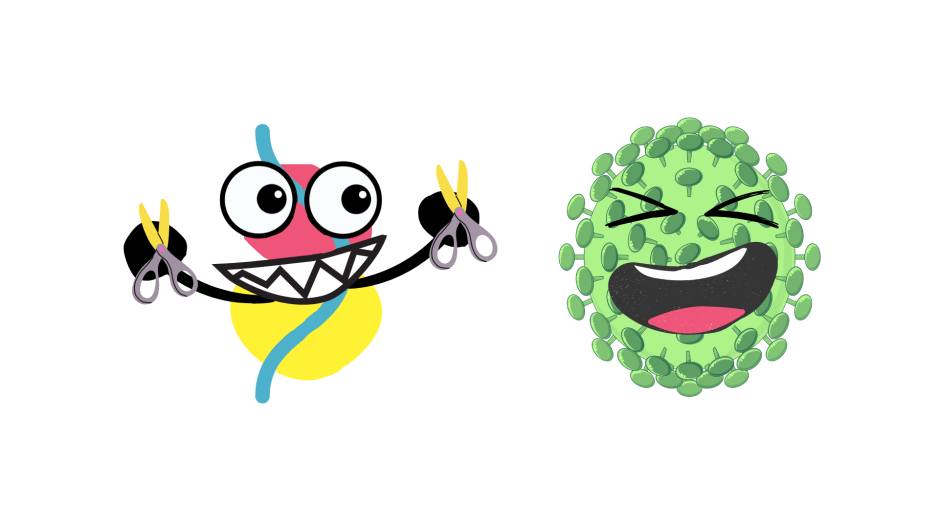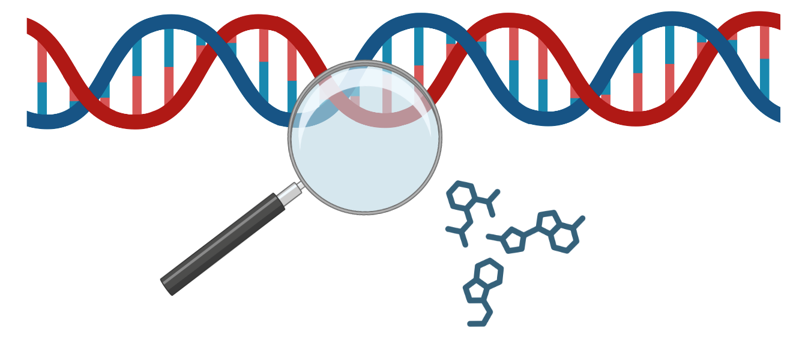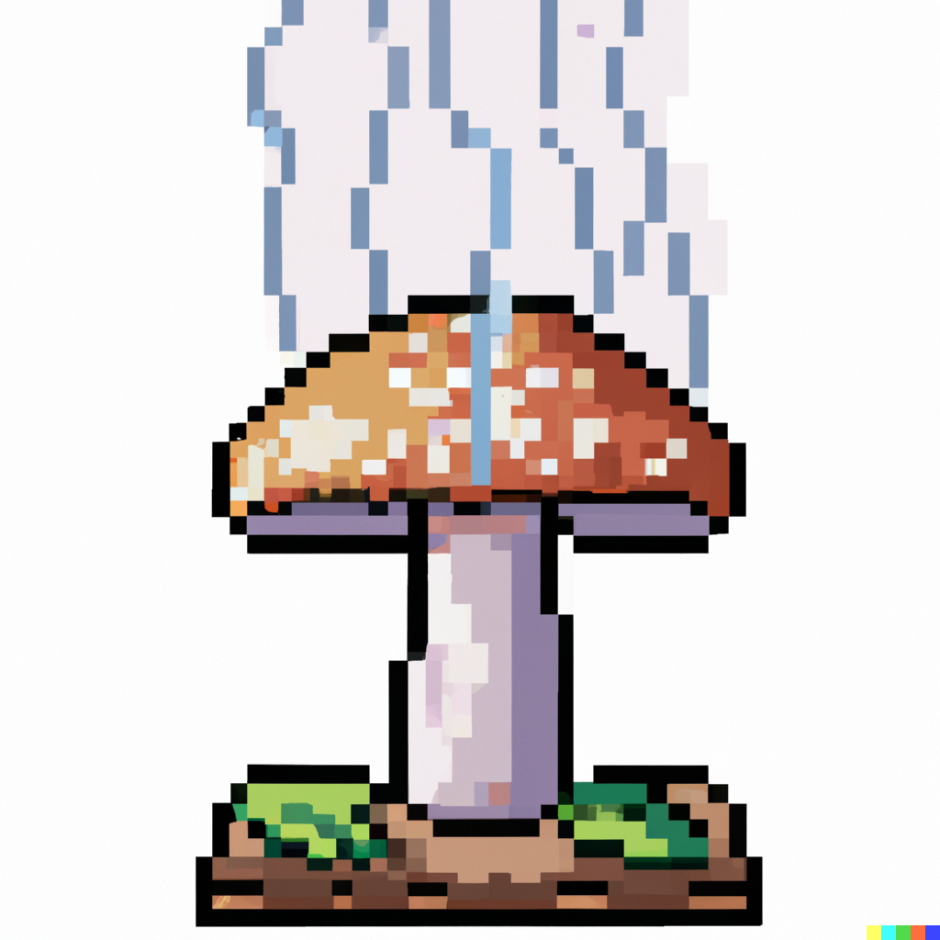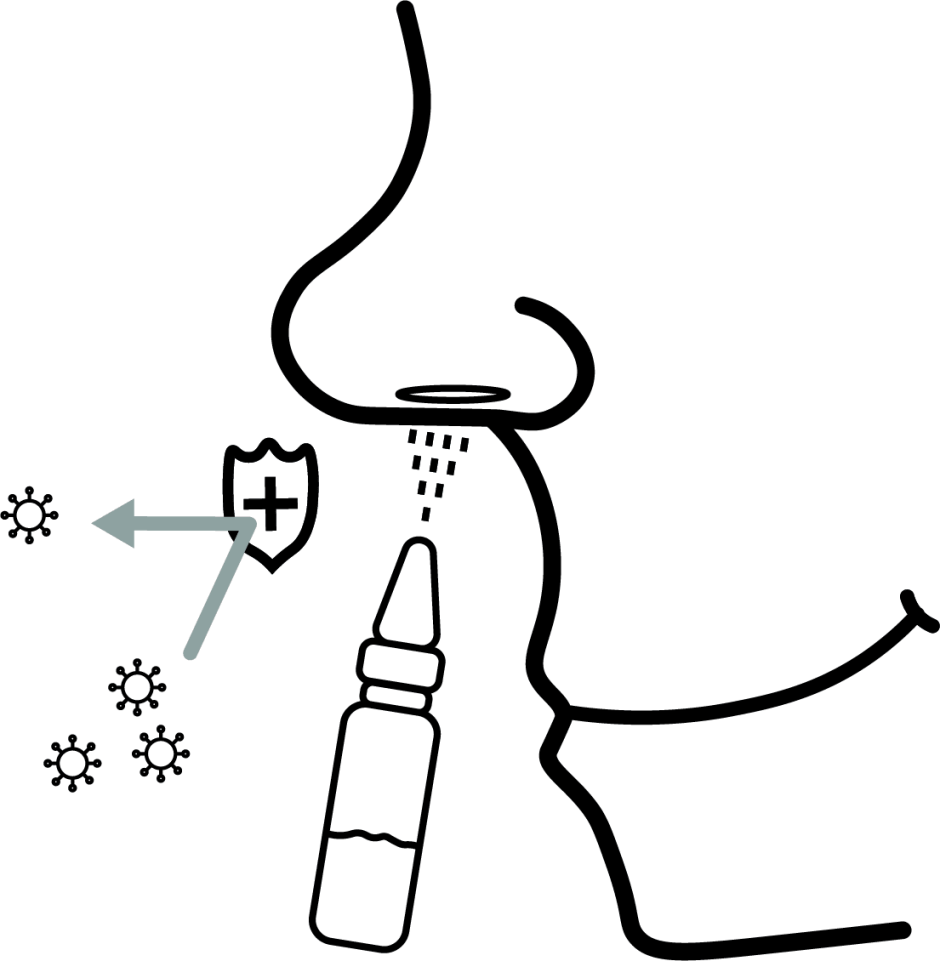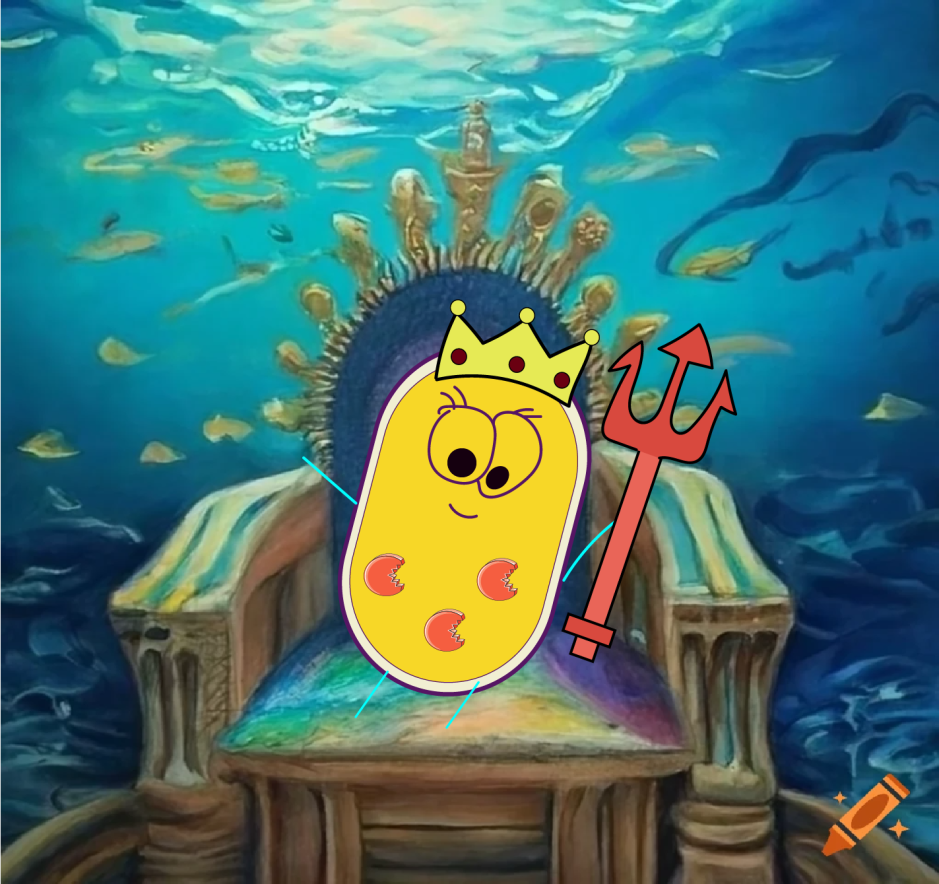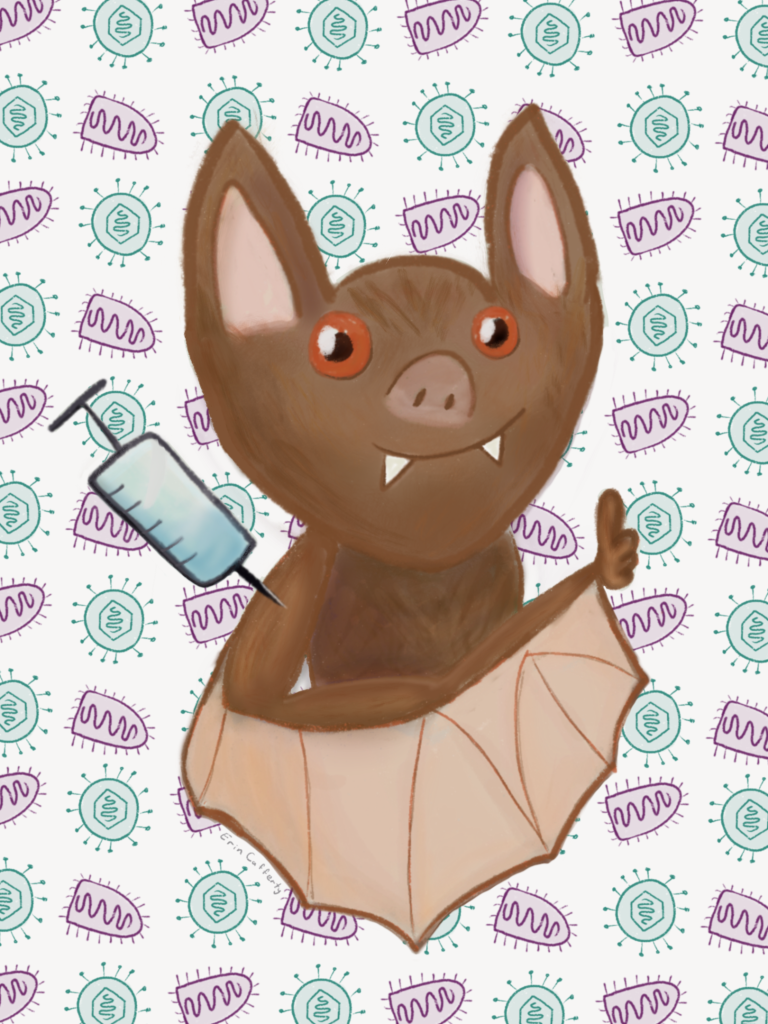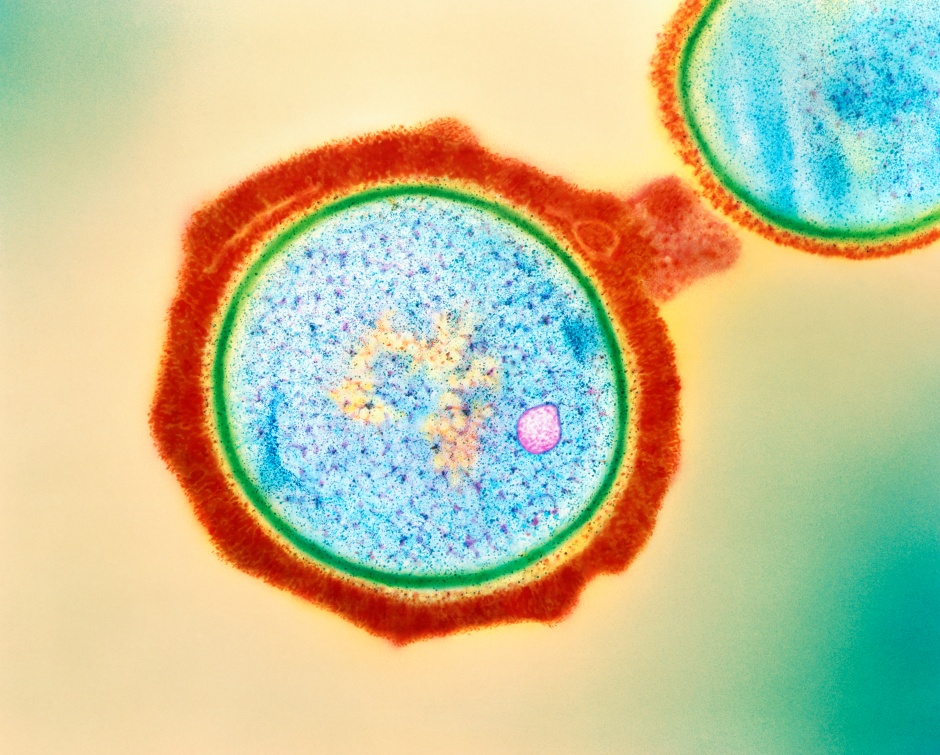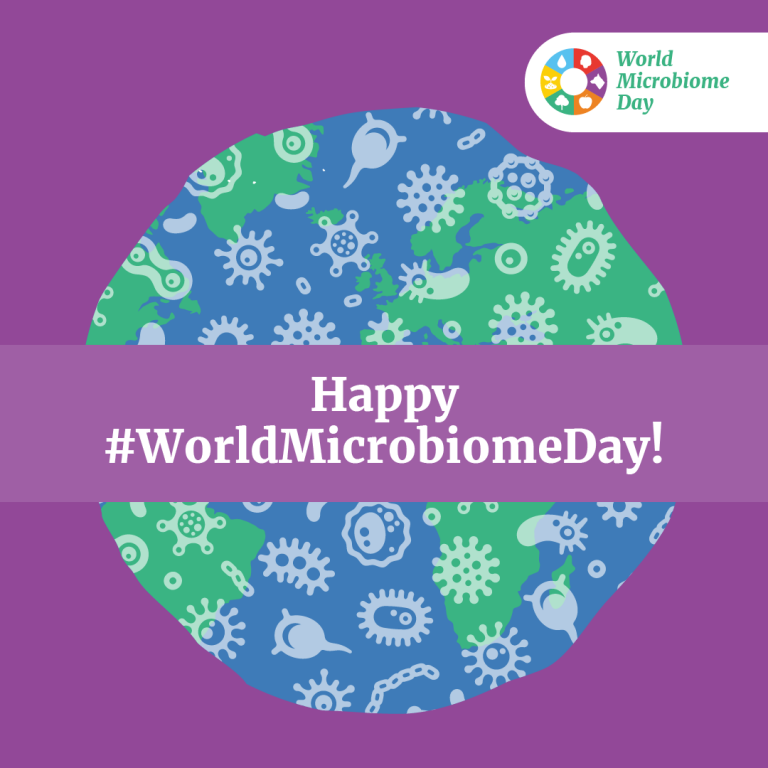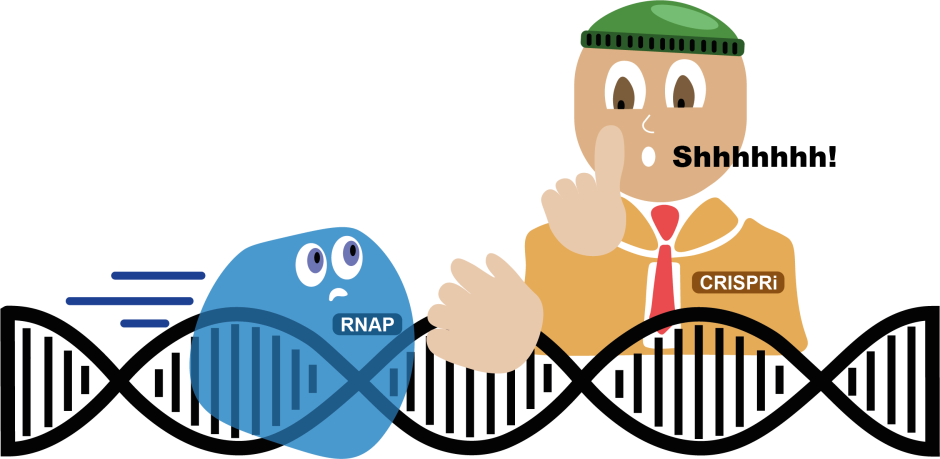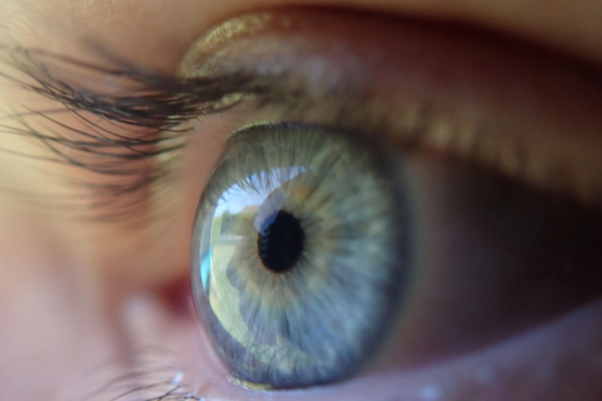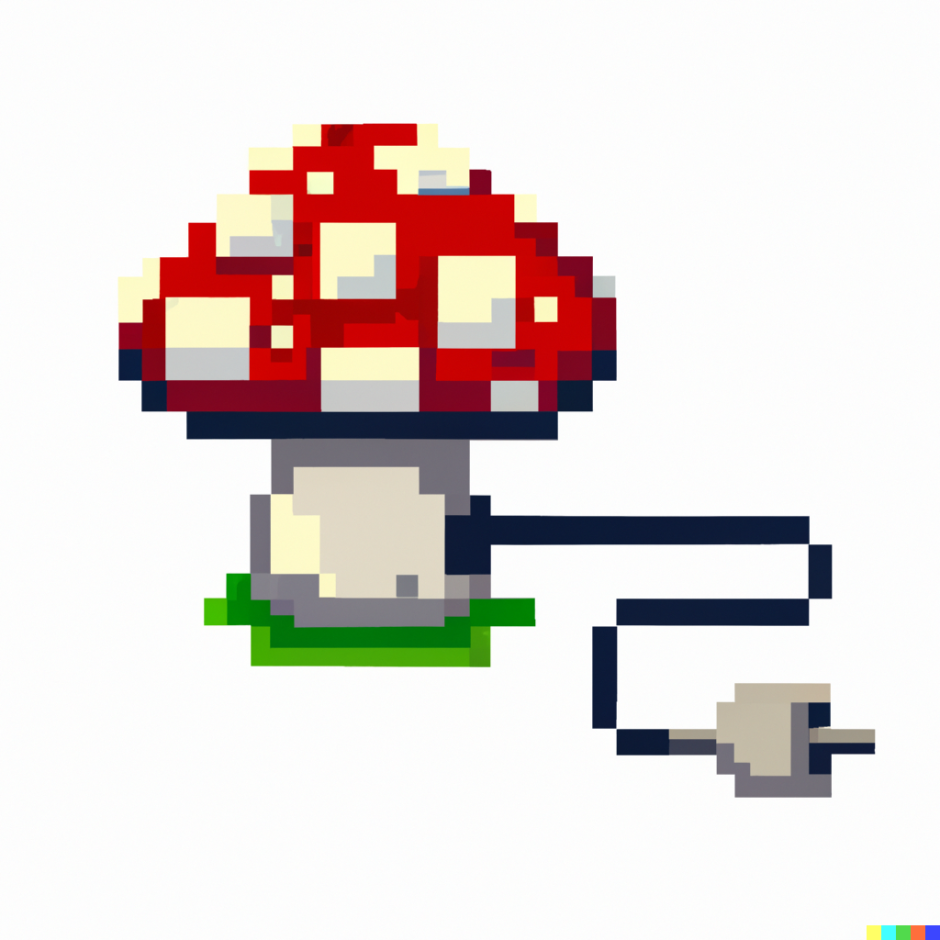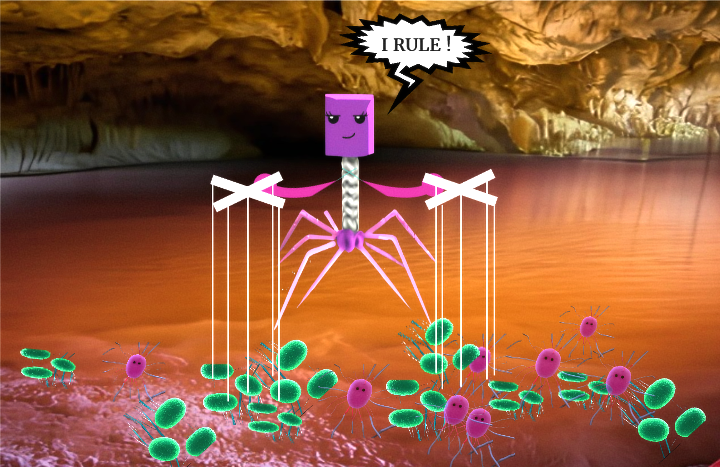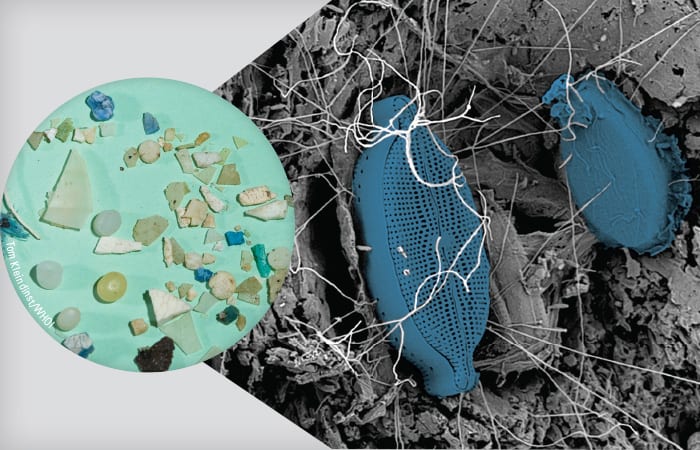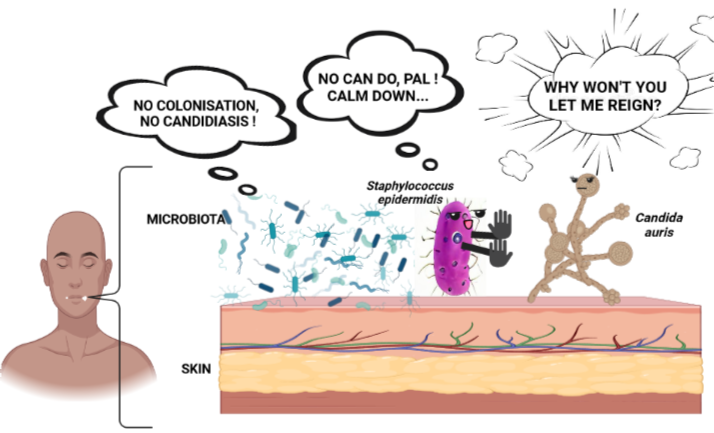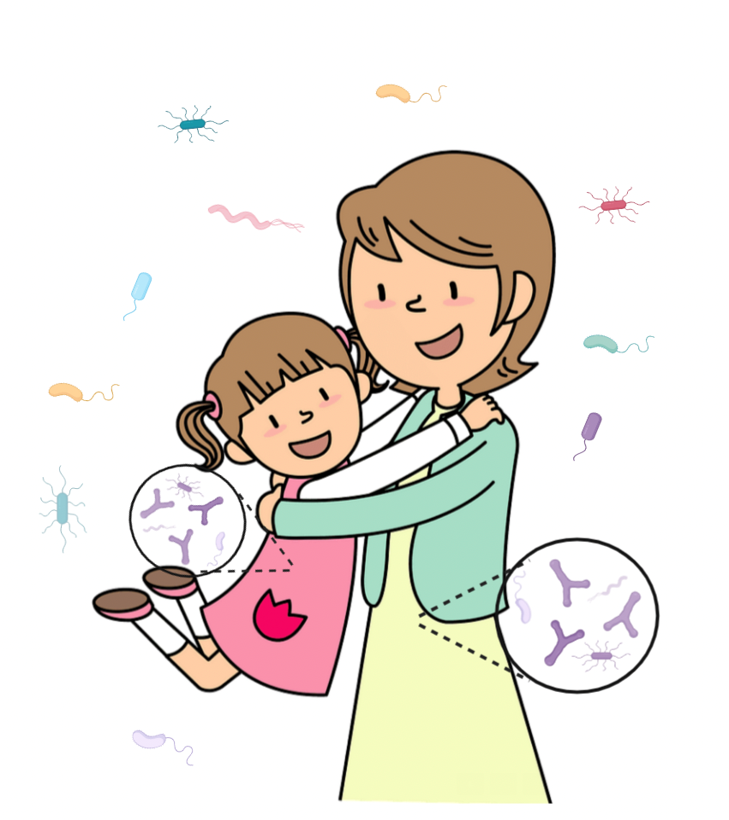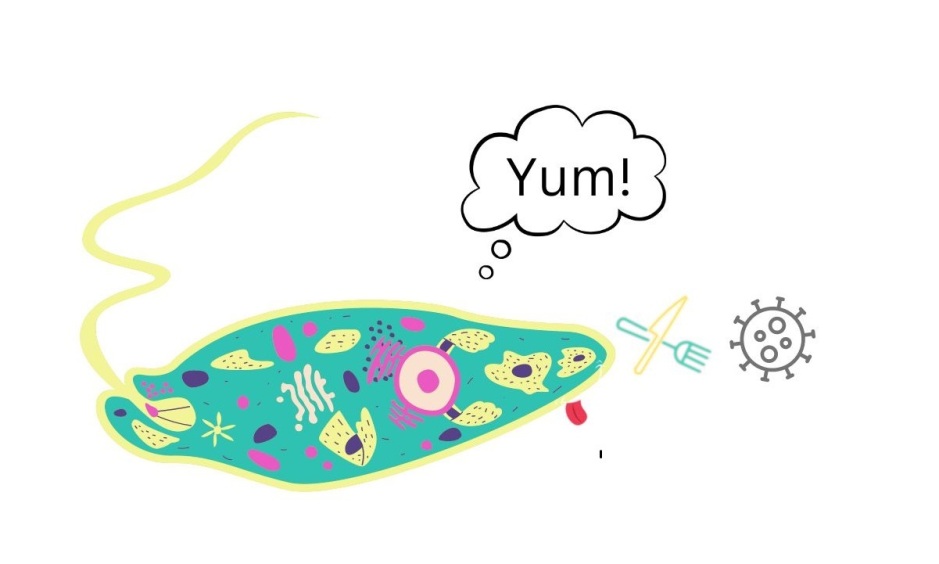
Breaking down the microbiology world one bite at a time
It takes guts to fight mental disorders
This post is written by guest author Rebekka van Hoof
We all feel sad, alone or stressed sometimes. However, when these feelings start to cause problems in our daily lives, we call them mental disorders. According to the World Health Organization, 1 in 8 people suffer from such a mental disorder, with depression, stress and anxiety being the most common. Mental disorders are complex conditions influenced by various factors including genetics, environment, and biology.
Research has shown that imbalances in our gut microorganisms – the gut microbiota – play an important role in our mental health status. However, due to every person’s unique set of genes and personal lifestyle (e.g., diet and exercise), there is a lot of variability in microbiota composition. This makes it very difficult to study the underlying mechanisms by which microbiota influence mental disorders and to select important influencers.
The power of twins
This study used a population of twins to investigate the interaction between gut microbes and our mental health. Twins often share early life events, food habits and geographic location. So studying them is very practical as it eliminates a lot of variables in gut microbiota composition. There are two types of twins: identical twins have exactly the same genes whereas non-identical (or fraternal) twins share about half of their genetic material.
Pyramid-layer study design
The researchers introduced a novel study design where they compared different groups of twins with or without (risk of) mental disorders to see if differences could be found in the gut microbiota. Depression, anxiety and eating disorders were all considered as mental disorders. This resulted in a pyramid design where the number of twins investigated increased with the heterogeneity of the population.
This means that at the top of the pyramid, the study compared a select number of identical twins, where one twin suffered from a mental disorder while the other did not. Next, non-identical twins with similar characteristics were examined. Finally, both identical and non-identical twins were analyzed collectively. The lower tiers of the pyramid focused on comparing twin pairs where both individuals had mental disorders to those without any (called healthy in this context), and those at risk of developing one.
The authors also accounted for other factors such as age, gender, BMI, antibiotic use, and fruit and vegetable intake.

What can we learn from our gut microbiota?
The researchers collected stool samples from all participants to investigate what kind of microorganisms were present in their gut. They found that twins who had mental disorders had an abundance of the bacteria Parabacteroides compared to twins who did not have mental disorders. The researchers suggest that Parabacteroides may play an important role in mental health by producing metabolites that interfere with signalling pathways related to depression and anxiety.
These results hint at the potential of Parabacteroides as an important mediator in our mental health status and its use as a biomarker for mental health disorders. This discovery opens up new opportunities for determining a person’s risk of developing mental disorders. Moreover, it contributes to the possible development of new treatments targeting gut microbiota for mental disorders.
Link to the original post: Delanote, J., Correa Rojo, A., Wells, P.M. et al. Systematic identification of the role of gut microbiota in mental disorders: a TwinsUK cohort study. Sci Rep 14, 3626 (2024). https://doi.org/10.1038/s41598-024-53929-w
Featured image: Source: Image generated using DALL·E 3 from the prompt gut bacteria next to a human suffering from mental illness.


